Four impressive castles and four family histories

Hatfield House is a vivid example of a Jacobean aristocratic residence, perfectly preserved to this day. The estate gained wide popularity due to the fact that during the years of the Reformation Elizabeth I settled in it with her brother Edward VI; also various famous films were filmed there, including «Batman», «Lara Croft: The Tomb Raider», «The King Speaks», «Harry Potter and the Deathly Hallows: Part 2», «The Favorite», as well as the TV series «The Crown».
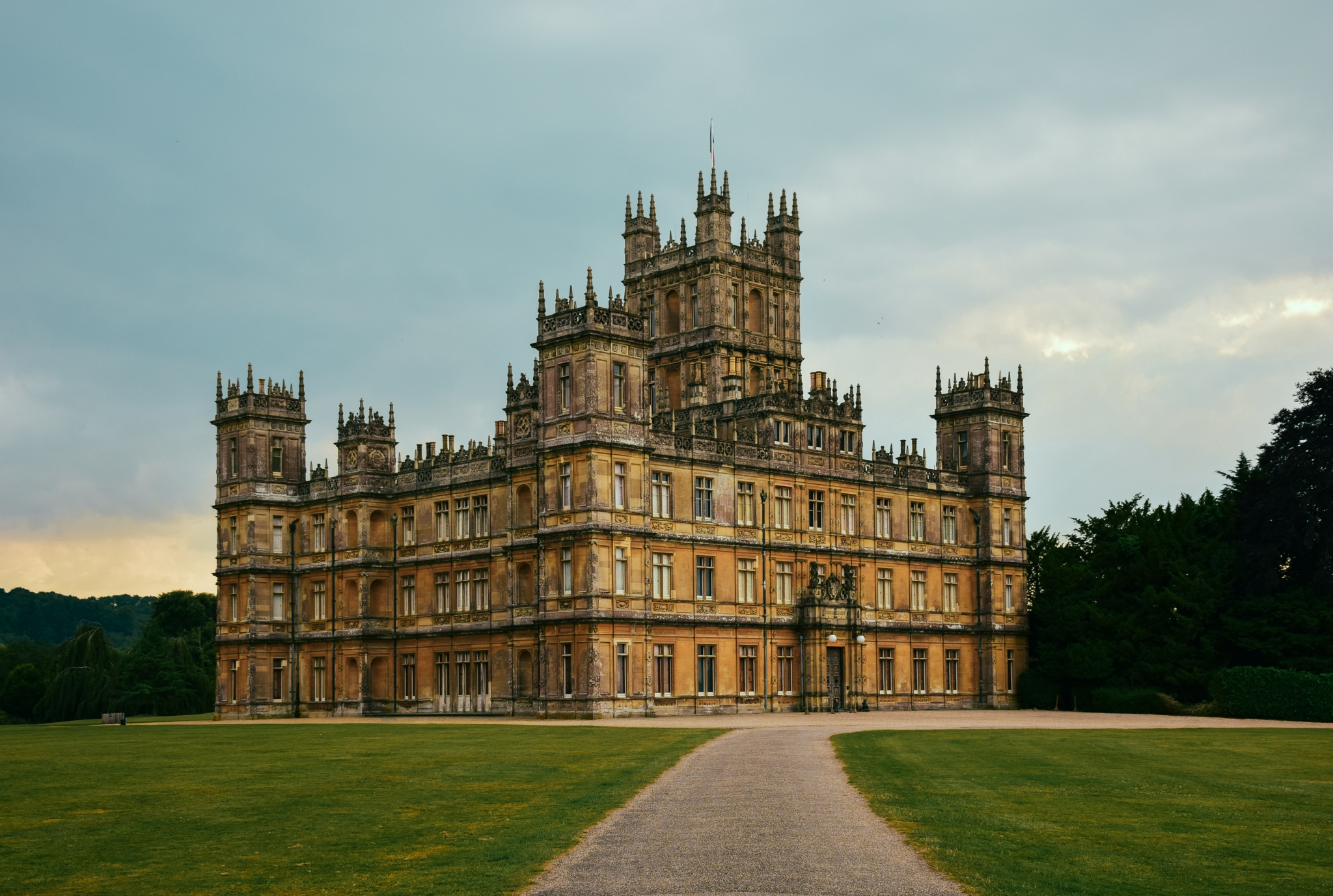
The international popularity of Highclere Castle — the ancestral seat of the Earls of Carnarvon, built in the 17th century — was brought by the TV series «Downton Abbey»! In 1922, the name of George Herbert, the 5th Earl of Carnarvon, thundered around the world: together with archaeologist Howard Carter, he opened the tomb of Tutankhamun. The Egyptian treasures he brought back from the expedition can still be seen in the corridors of the house.
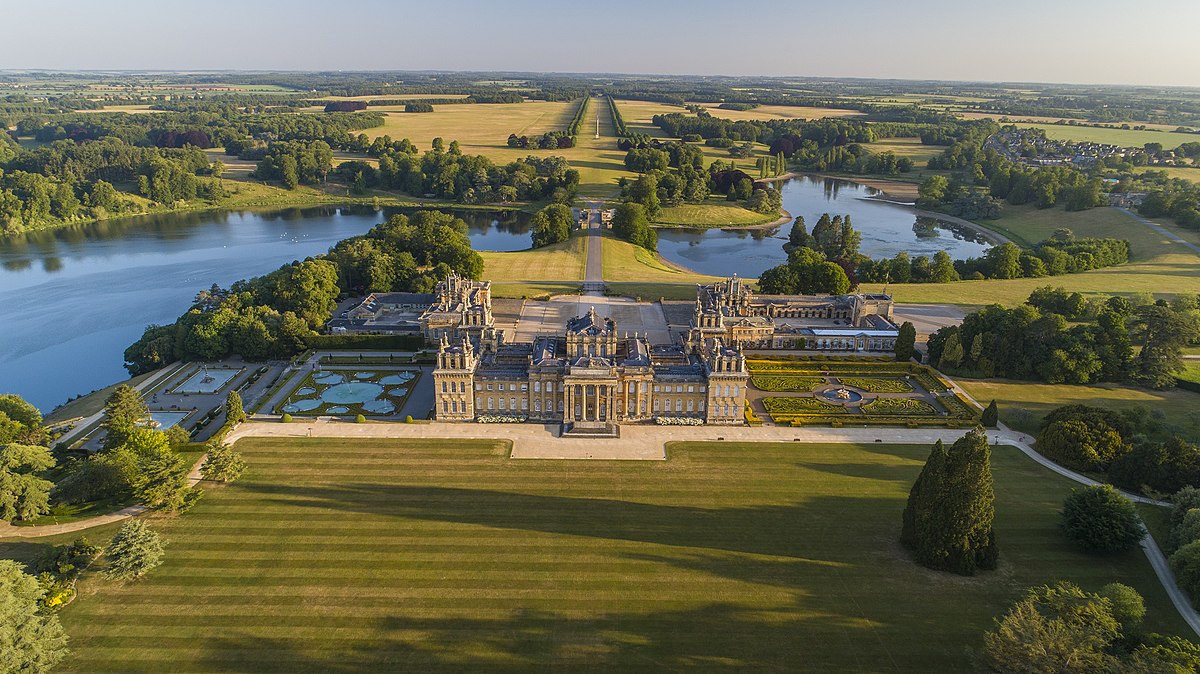
Blenheim Palace is the residence of the Dukes of Marlborough and the only non-royal and non-episcopal country house in England bearing the title of palace. The palace, one of the largest buildings in England, was built between 1705 and 1722 and was inscribed on the UNESCO World Heritage List in 1987.

Leeds Castle in Kent is built on islands in a lake formed by the River Flax, to the east of the village of Leeds. The castle has existed on this site since 857. In the 13th century, it fell into the hands of King Edward I, for whom it became a favorite residence; in the 16th century, Henry VIII used it as a residence for his first wife, Catherine of Aragon. And now on its territory is the only museum of collars in the world!
Seaside cities of grandiose events
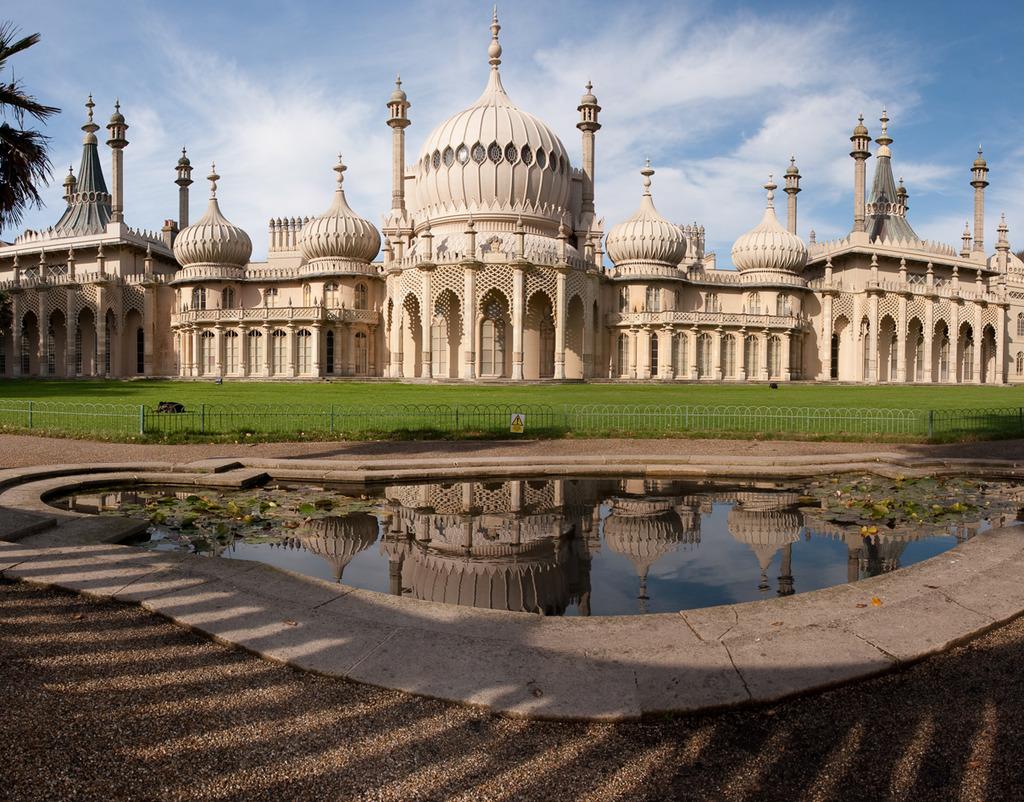
Brighton is the busiest sea resort in England, located on the coast of the English Channel, in which provincial simplicity is harmoniously combined with the developed infrastructure of a respectable European resort. Here it is easy to combine a beach vacation with getting to know historical sights, night discos on the shores of the English Channel and peaceful walks in wonderful parks.

England’s main seaport, Portsmouth, is now a huge industrial port. The ancient Romans built a fortress on the northernmost edge of this bay, and in the Norman era, a port grew here. Since the Tudor era, when Henry VIII established the world’s first dry dock here and made Portsmouth a royal dockyard, the city has been thriving! The town retains some Georgian and some Tudor features. Many of the historic schooners are also here — it’s time for us to visit them!

Hastings flourished in the 12th and 13th centuries as one of the Five Major Ports. Nowadays, Hastings is an interesting mixture of an unpretentious fishing port, a traditional seaside resort and an artistic retreat for painters (there is even a street in the First Quarter called «Bohemia»). In 1066, William, Duke of Normandy, landed at Pevensey Bay, 5 miles west of the city, and made Hastings his base. The Battle of Hastings is one of the important reasons to come here.

Rye is not just a legendary town of smugglers, but also an exemplary middle-class English town in East Sussex. Founded in 1024, three kilometers from the English Channel and considered a seaside resort, the city used to be almost an island and an important trading port, favored by pirates and smugglers, but now the sea has receded and Rye itself is surrounded by three rivers.
University towns and bright personalities

Oxford is insanely famous because of its University. Initially (just during the Viking period), Oxford was not built as a city, but as a military post — a fortress designed to repel attacks by enemy troops. However, in the second half of the 12th century, the famous Oxford University was built, and since then the active development of the city as an educational center began. In the 13th and 14th centuries, a lot of educational institutions were built around the city, and Oxford itself was only an additional place for students to live.

Canterbury, one of England’s oldest cities, has a rich history spanning two millennia. Here are the ruins of Roman and early Christian buildings, a Norman castle, and the famous cathedral, which dominates the decaying medieval residential buildings left over from Tudor times. The city originated as a Celtic Cantiaci (Roman word for «citizen» is based on the name of that tribe, «Cantiaci») settlement that was captured by the Romans and renamed Durovernum, where they established a garrison and supply base. From here they built roads to reach as far as the Scottish borders.

In the east of England, 70 km from the capital, the center of Cambridgeshire county is located — charming Cambridge. The popularity of the city was brought about by one of the oldest and most prestigious universities in the world. But Cambridge is interesting not only for its educational institution, which has given humanity almost 90 Nobel laureates. The ancient city carefully preserves many historical monuments and offers guests interesting museums, luxurious parks and squares. Cambridge is an amazing corner of old England with beautiful patterns of Gothic architecture, wonderful gardens, and well-kept lawns.
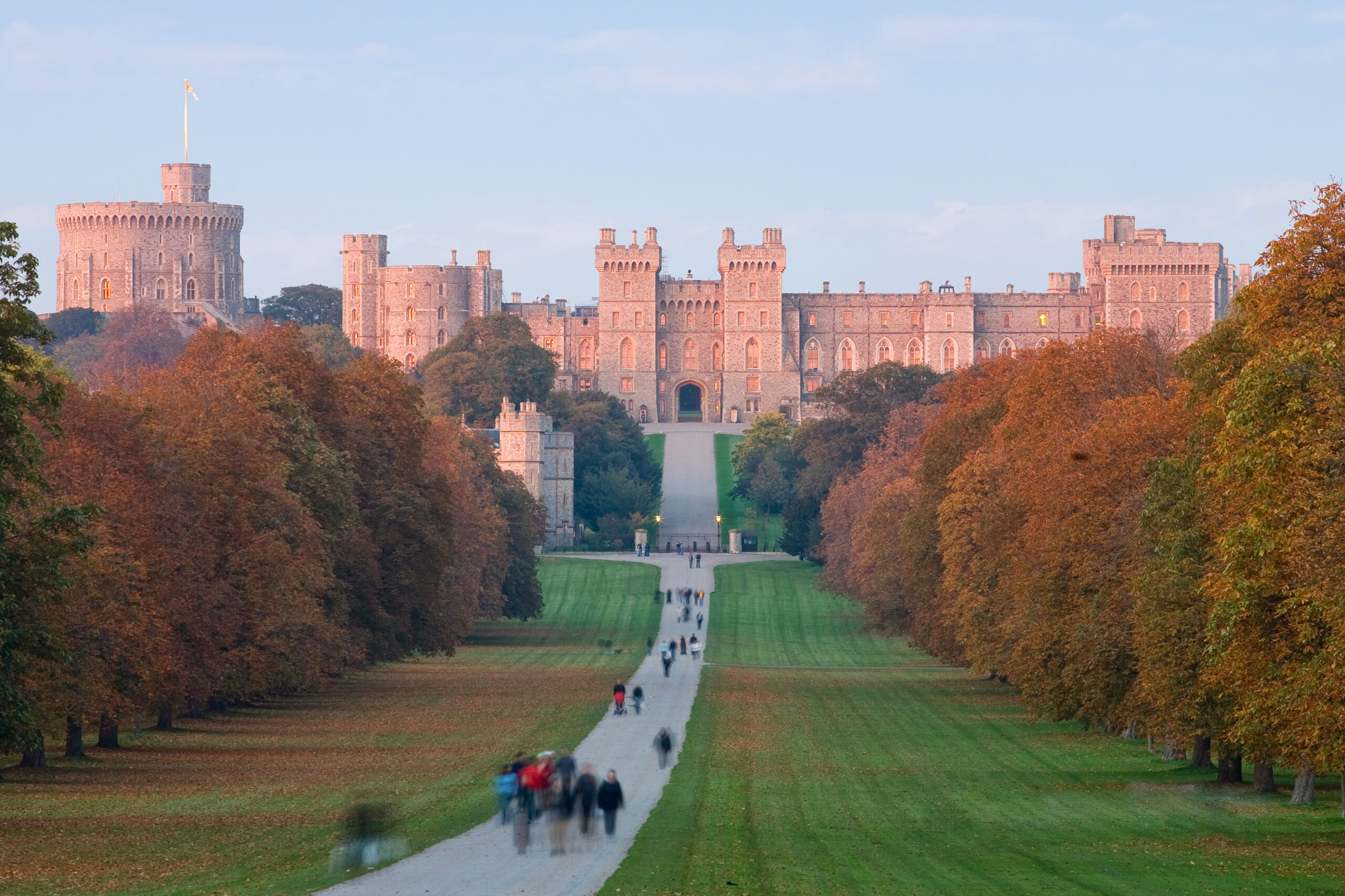
Windsor day trip includes the famous Eton College, which means a royal residence along with a place of training for prime ministers and the high elite! Guests of the city are in for a lot of pleasant surprises because a visit to the royal residence is just one of the many things that must be done in Windsor. Windsor welcomes guests with beautiful architecture, ancient buildings, and churches. There are many parks and canals in the city and its surroundings, each of which is beautiful and interesting for tourists in its own way. The spirit of real England awaits us — aristocratic, majestic, and very atmospheric.
.
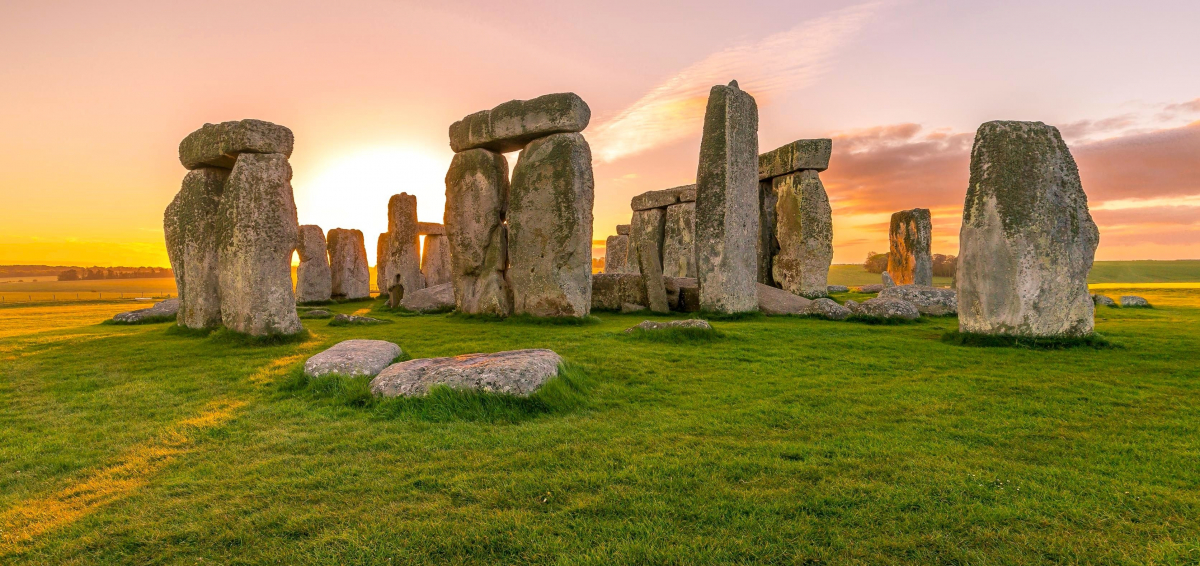
Along with Stonehenge, we will also see Salisbury! Salisbury is a medieval city that houses the Salisbury Cathedral, built in the 13th century. After a walk around the city, you can see the cathedral from the inside. The original copy of the Magna Carta is kept here, as well as one of the oldest working mechanical clocks in the world. And then the tour will continue with a trip to the famous Stonehenge. The megalithic stone structure dates back to 3000 BC. and today it has turned into a real cultural symbol. Examining the Archaeological Monument, we will talk about the history and legends associated with the intended purpose of this building.
